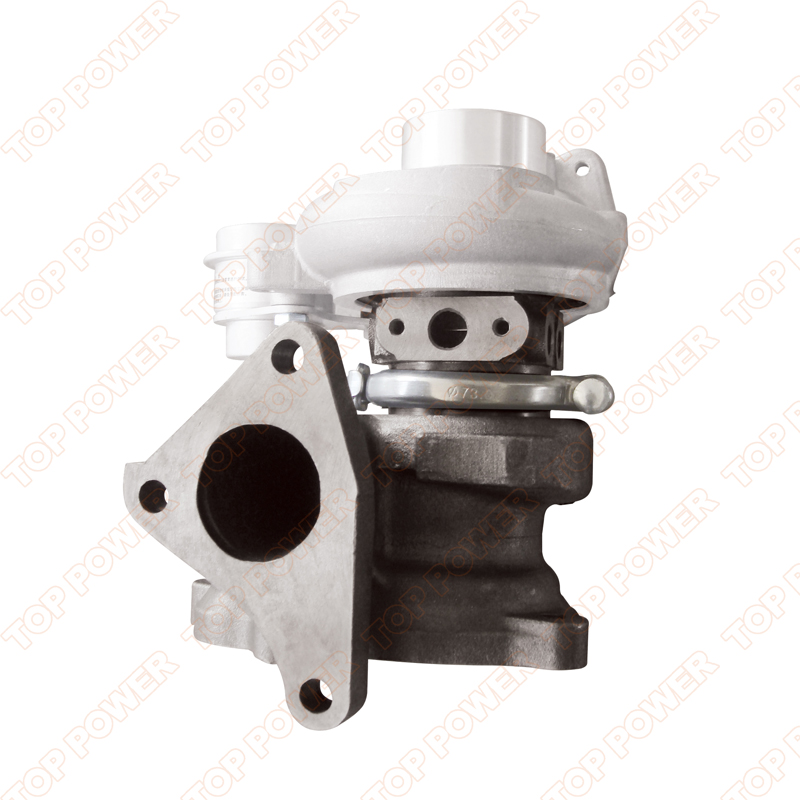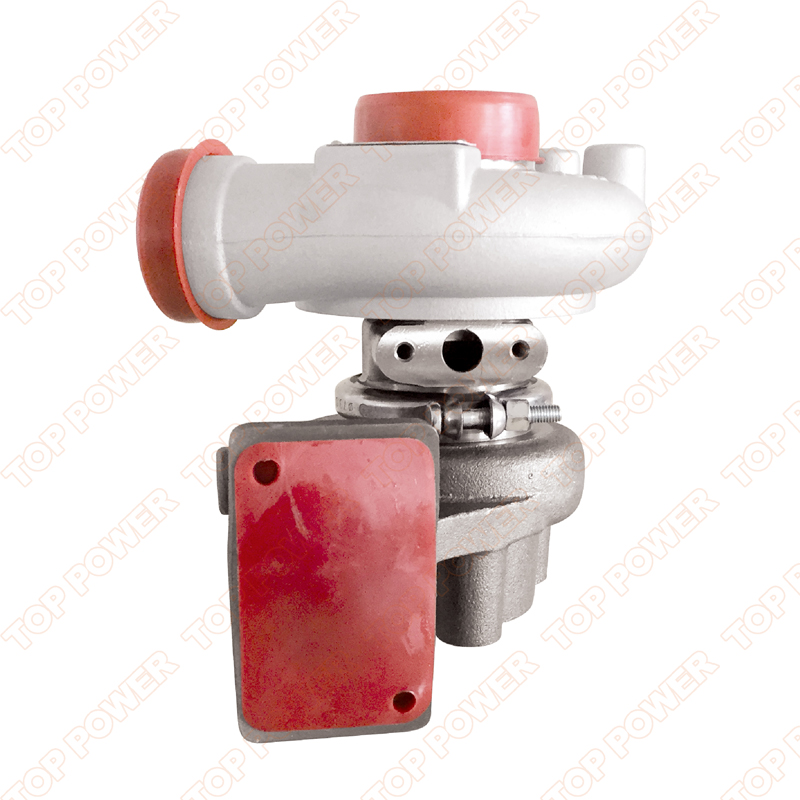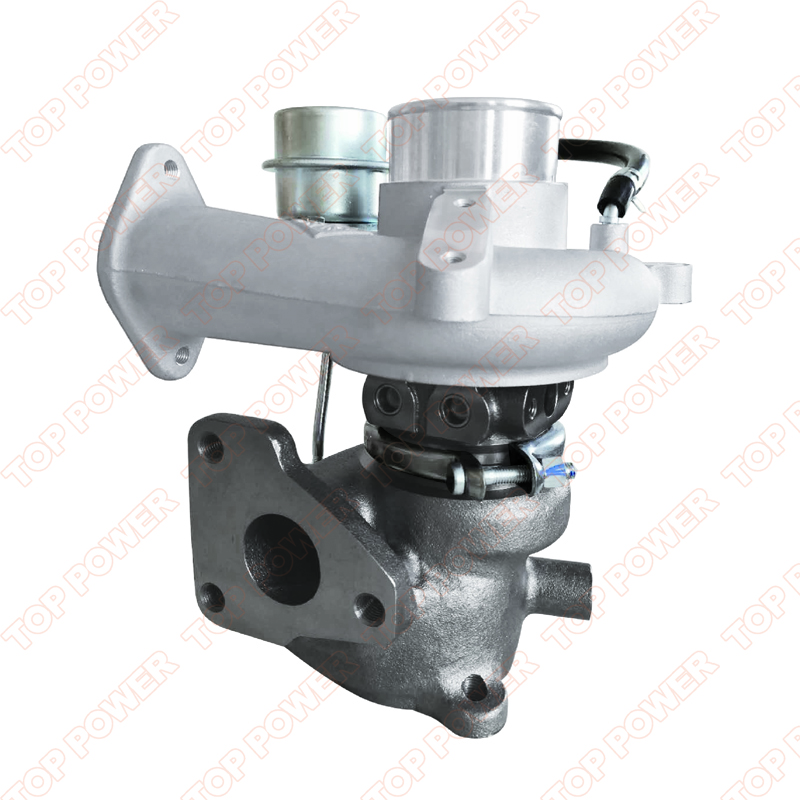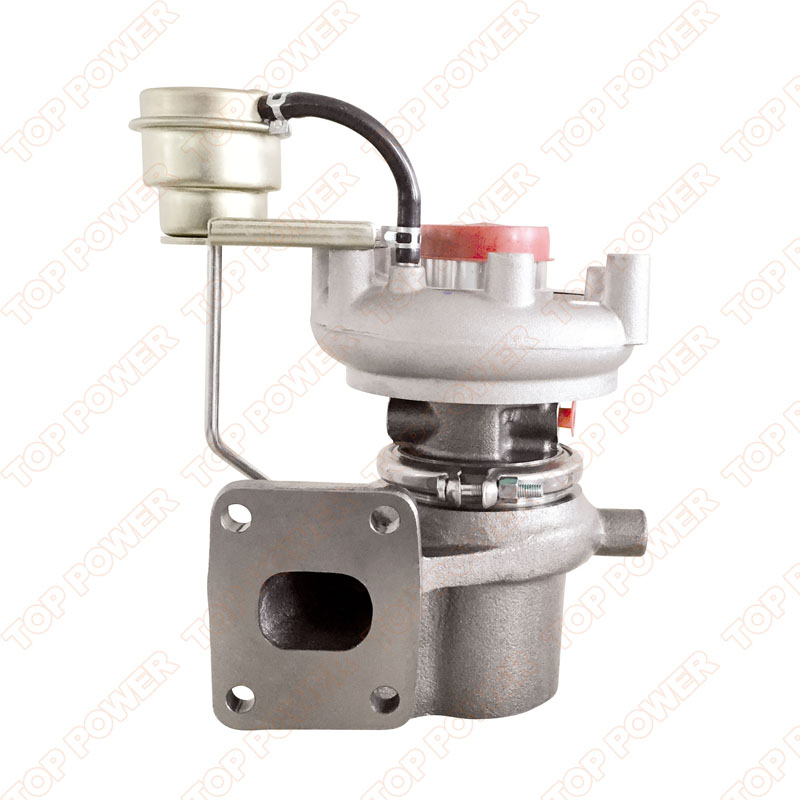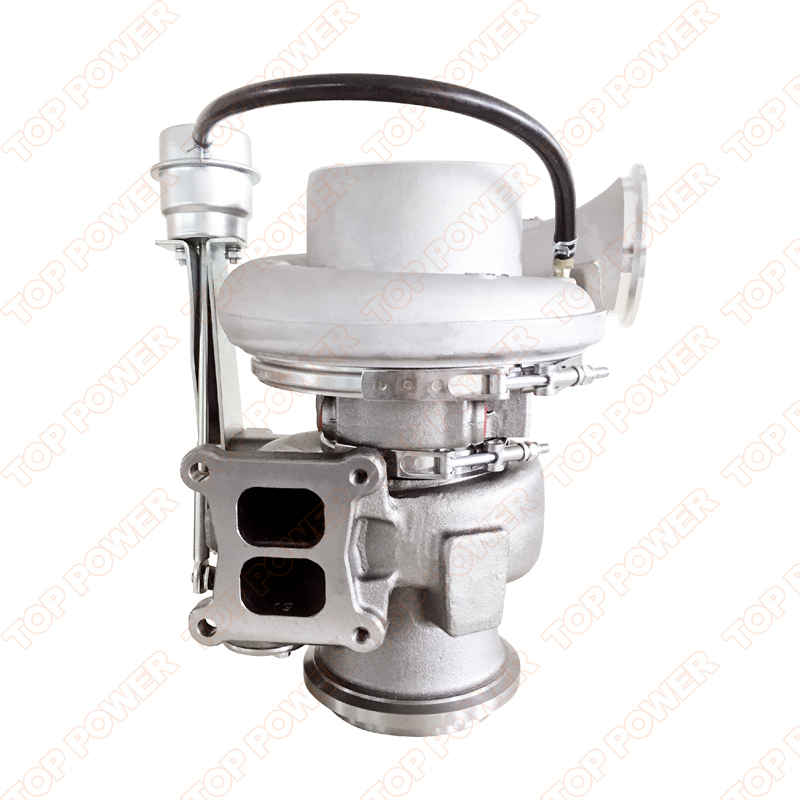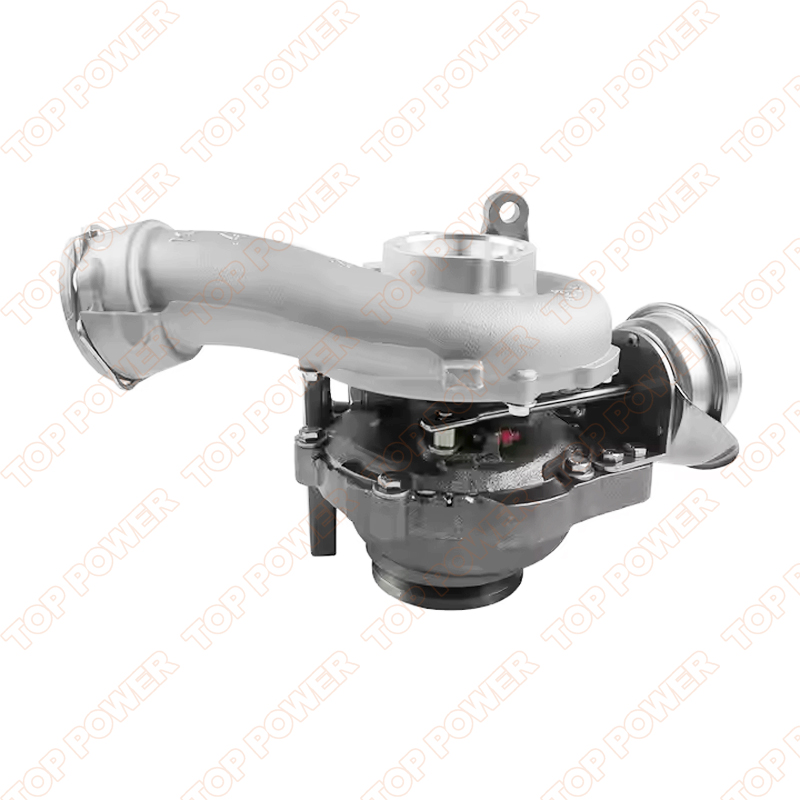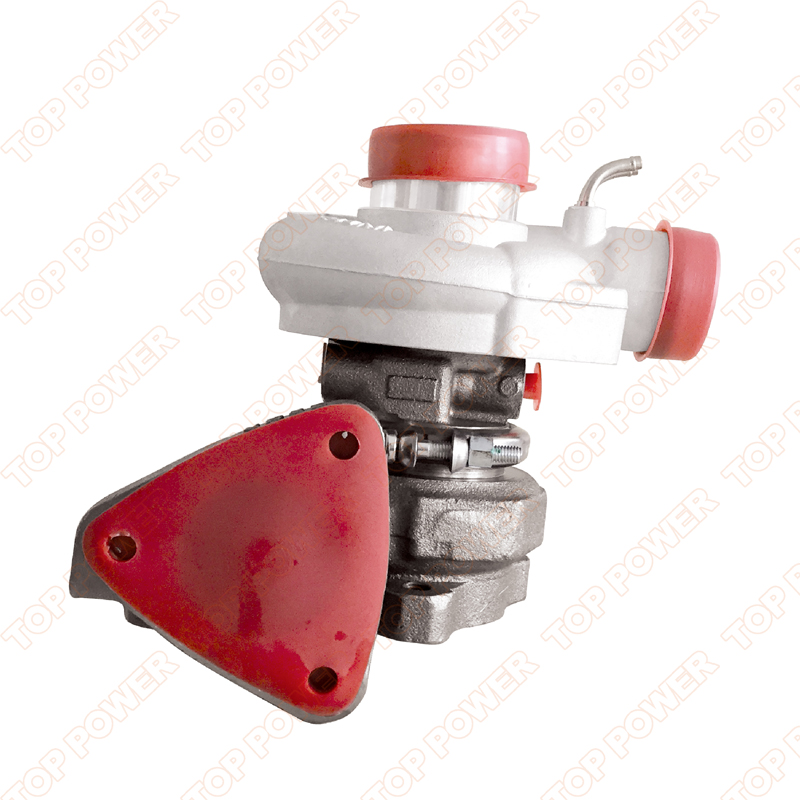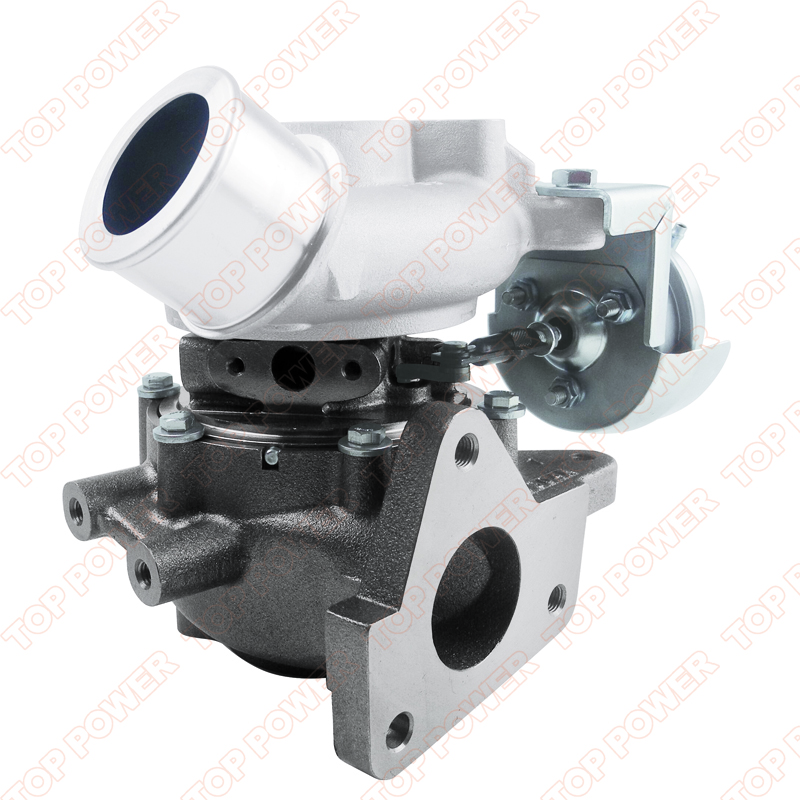Supercharger vs. Turbocharger: Understanding the Two Power-Boosting Technologies
In the world of automotive performance and efficiency, few topics generate as much debate and curiosity as forced induction systems. Among the most widely used technologies are the supercharger and the turbocharger, both designed to increase engine power output by forcing more air into the combustion chamber. While they serve a similar purpose, the two systems differ significantly in design, operation, efficiency, and application. This article aims to demystify the key differences and provide professional insight into how each system impacts modern vehicles.
The Basics of Forced Induction
Engines operate on a simple principle: more air mixed with more fuel produces more power. Naturally aspirated engines rely solely on atmospheric pressure to draw air into the combustion chamber. Forced induction, however, takes this further by compressing additional air into the engine. This compressed air allows for more fuel to be burned, resulting in significantly higher horsepower and torque without necessarily increasing engine size.
Both superchargers and turbochargers achieve forced induction, but they use different methods to generate the required air pressure.
What is a Supercharger?
A supercharger is a belt-driven air compressor mechanically connected to the engine’s crankshaft. As the crankshaft rotates, the supercharger spins, compressing air and delivering it directly to the intake manifold.
What is a Turbocharger?
A turbocharger is powered by exhaust gases instead of the crankshaft. Hot exhaust gas spins a turbine, which then drives a compressor wheel to force more air into the engine. This design recycles energy that would otherwise be wasted, making it highly efficient.
Direct Comparison: Supercharger vs. Turbocharger
| Feature | Supercharger | Turbocharger |
|---|---|---|
| Power Source | Engine crankshaft (belt-driven) | Exhaust gases |
| Response | Instant, no lag | Slight delay (turbo lag) |
| Efficiency | Less fuel-efficient | More fuel-efficient |
| Complexity | Simpler, easier installation | More complex, additional parts |
| Power Delivery | Linear, predictable | Stronger at mid-high RPM |
| Engine Stress | Higher, continuous drag | Lower parasitic loss |
Real-World Applications
Superchargers: Often found in American muscle cars, racing vehicles, and applications requiring immediate throttle response, such as drag racing or off-road trucks.
Turbochargers: Widely used in passenger cars, commercial vehicles, and performance sports cars where efficiency and long-term performance are key. They are also critical in heavy-duty applications such as trucks, buses, and construction machinery.
Conclusion
Both superchargers and turbochargers play vital roles in the automotive industry. While superchargers excel in immediate response and simplicity, turbochargers dominate in efficiency and long-term sustainability. Understanding the strengths and limitations of each system helps not only enthusiasts but also automotive professionals make informed choices based on their performance needs and market demands.
At TOPPOWER Turbocharger, we specialize in the design, production, and supply of high-quality turbochargers for global markets. Our mission is to provide customers with reliable, efficient, and high-performance boosting solutions tailored to their specific applications. As forced induction technology continues to advance, we remain committed to delivering products that meet the evolving needs of the automotive industry.



